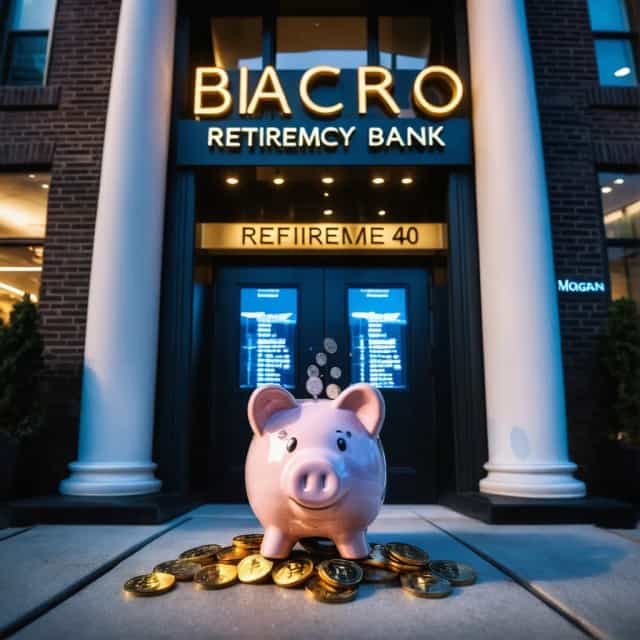
Image source: Block Media
Major Banks Explore Stablecoin Development, Signaling a Paradigm Shift in Global Finance
Global financial institutions are embarking on an ambitious journey to merge traditional finance with blockchain technology, positioning digital payment assets within regulated frameworks. This movement reflects a foundational shift in the financial industry, as stablecoin adoption emerges as a transformative force for global payment systems.
Stablecoins Linked to G7 Currencies
On October 10, several prominent banks revealed their plans to issue stablecoins pegged 1:1 to the currencies of G7 nations, such as the US dollar, euro, and Japanese yen. These digital assets are designed to operate on public blockchain networks while maintaining strict compliance with regulatory standards. The primary objective is to modernize payment infrastructure, enhance operational efficiency, and secure competitive advantages in a rapidly evolving financial landscape.
Who’s Leading the Charge?
A consortium of leading financial institutions has initiated this effort, comprising major players like Santander, Bank of America, Barclays, BNP Paribas, Citibank, Deutsche Bank, Goldman Sachs, Mitsubishi UFJ Financial Group (MUFG), TD Bank Group, and UBS. Together, these organizations aim to embed blockchain’s inherent efficiency and transparency into traditional financial systems.
By creating a unified settlement solution, these banks seek to simplify cross-border transactions, reduce operational complexities, and accelerate financial transactions in a way that benefits businesses and individuals alike. Collaborations with national financial regulators are central to the project’s success. The banks plan to align closely with international compliance frameworks to meet global standards, fostering trust in the adoption of reserve-backed stablecoins.
Bridging Traditional and Decentralized Finance
This initiative represents the first coordinated effort by major global banks to integrate blockchain technology into established financial systems. Market experts are closely observing its implications, with some expressing apprehensions about regulation potentially stifling innovation. Others view the move as a strategic step toward bridging the long-standing gap between centralized finance and decentralized blockchain ecosystems.
Stablecoins, which are backed by reserves held by trusted institutions, offer a promising solution to unite traditional financial systems with decentralized technologies. These assets can serve as reliable conduits for transferring value while maintaining stability and regulatory safeguards, offering an alternative to the volatility often associated with entirely decentralized cryptocurrencies.
Industry Impact and Future Projections
Financial analysts foresee this initiative as a catalyst for advancing the adoption of blockchain-based technologies in global financial systems. By blending blockchain’s inherent benefits—such as transaction transparency, speed, and traceability—with the structure and reliability of regulated institutions, major banks are likely to establish a more integrated, efficient ecosystem for payments and settlements.
Moreover, this development may encourage other sectors within finance to explore similar hybrid approaches, further cementing blockchain’s role in reshaping traditional systems. As the collaboration expands and compliance frameworks mature, stablecoin adoption could set the stage for seamless cross-border transactions, reduced fees, and greater financial accessibility worldwide.
Conclusion
The decision of major global banks to issue stablecoins reflects a pivotal step in redefining traditional payment systems and embracing blockchain innovation. By fusing the transparency and decentralization of blockchain technology with the reliability and regulation of conventional finance, this move has the potential to build a bridge between the two worlds, driving efficiency, trust, and accessibility in the global financial ecosystem. While challenges such as regulatory hurdles remain, the initiative signals a commitment to reshaping the future of finance in a way that balances innovation with accountability.










